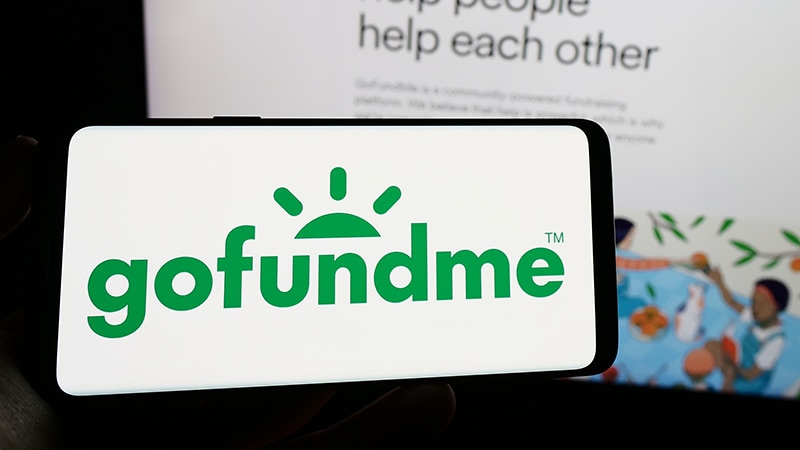Only 6% of crowdfunders with diabetes request support to help pay for insulin, with many seeking funds for diabetic alert dogs or unexpected expenses related to their medical care, according to a new report from researchers at Duke Health.
For their study, published in the Annals of Internal Medicine, they analyzed a sample of active crowdfunding campaigns on GoFundMe based in the United States. About 1% of the 89,645 campaigns that were randomly pulled from the site were fundraising for a person with diabetes. The findings of the analysis are based on 350 campaigns randomly selected from that group.
People who crowdfund for diabetes are motivated by expenses that aren’t often discussed in the policy world, according to lead author Caroline Sloan, MD, MPH, a general internist at Duke University School of Medicine in Durham, North Carolina.
One publication cited by the report estimates people with diabetes spend about $4,800 a year on extra costs associated with the condition, even if they are insured.
Among the campaigns, Sloan found people needed funds for syringes, alcohol swabs, food, special shoes that protect feet from infection-causing injuries, hotel rooms near hospitals, and even money for a personal trainer to get their type 2 diabetes under control.
“I wanted to show the world that people are having trouble affording all sorts of aspects of diabetes care,” she said. She drew inspiration for the research from her own experience as a clinician serving a low-income and high-need population.
The price of insulin was capped at $35 per month for Medicare patients as part of the Inflation Reduction Act, signed into law by the Biden administration in August 2022. Just 6% of the sampled campaigns in the new report were requesting funds for insulin, however.
“Maybe now it’s time to start thinking about reducing other costs,” Sloan said.
The researchers found that a quarter of the crowdfunders had insurance, but about half said their out-of-pocket expenses remained too high. Most of the campaigns were not fully funded, with only about 14% reaching their goal. Previous research has shown that people raising funds for insulin on GoFundMe were similarly unsuccessful, with just 10% of campaigns receiving full funding.
The median fundraising goal was $10,000, with a median of $2,600 raised across the sample.
About a fifth of the campaigns analyzed were requesting funds for a diabetic alert dog, a service animal trained to alert owners during a hypo- or hyperglycemic episode, primarily for those with type 1 diabetes. Sloan and colleagues refer to the dogs as an “unproven treatment.” However, there’s evidence suggesting that the dogs are able to detect hypoglycemic episodes up to 83% of the time.
A trained dog can cost anywhere from $8,000 to $15,000, according to nonprofit Beyond Type 1. In the report, the authors note: “Clinicians who learn of a patient’s intent to purchase a dog could redirect them toward proven management strategies, such as continuous glucose monitors.”
The patient group included in this analysis is not necessarily representative of the financially distressed population who seek support for diabetes care. The authors note that age and internet access is a limitation for some groups when accessing crowdfunding sites.
“It’s a small group of patients and it’s only people who did crowdfunding,” Sloan said. “The next step is to try and quantify the different types of costs that we found in the GoFundMe campaigns but in a larger, more representative population.”
The authors have reported no relevant financial relationships.
Ann Intern Med. Published online June 12, 2023.
For more diabetes and endocrinology news, follow us on Twitter and Facebook.
Source: Read Full Article
